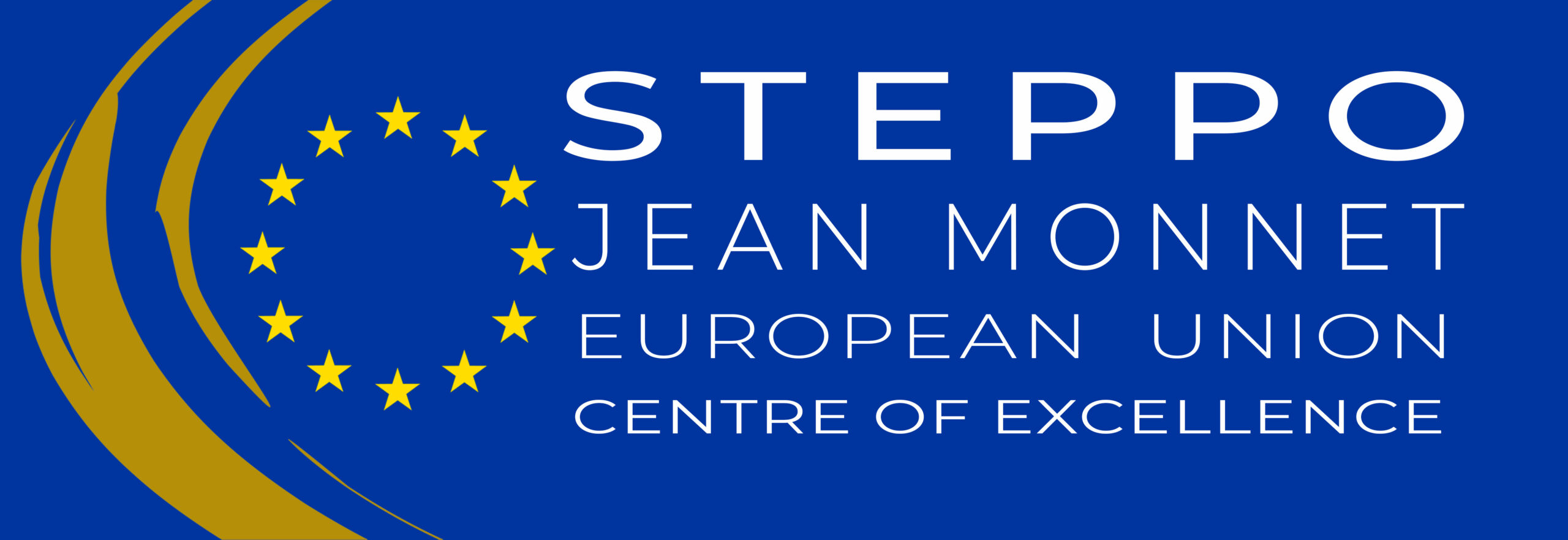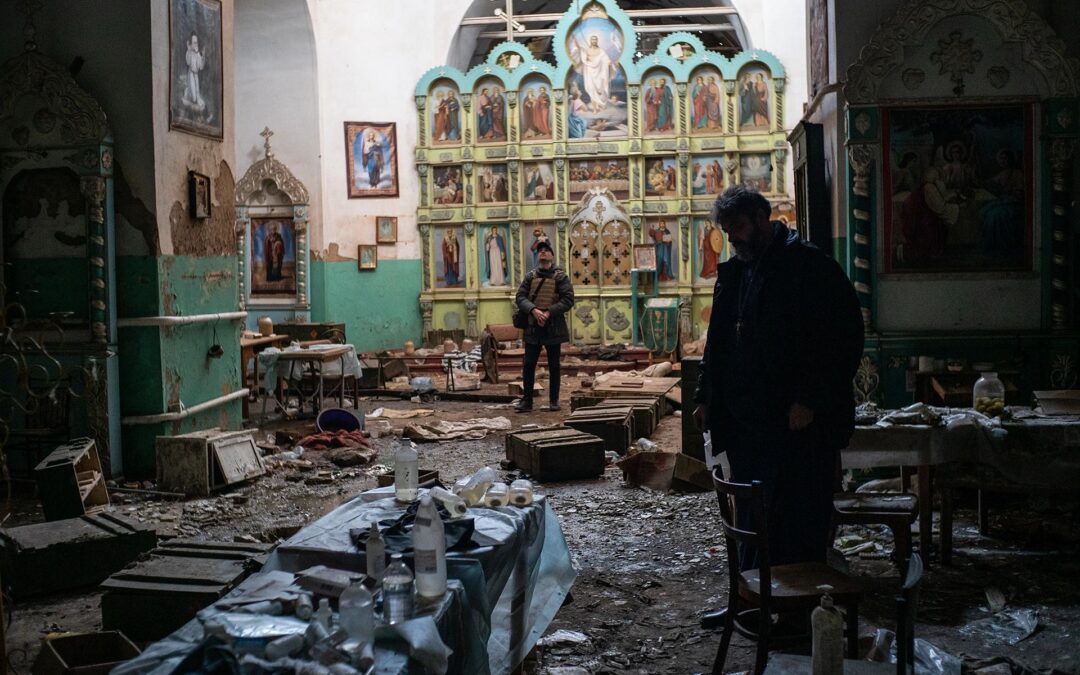Author: Francesca Marasi and Andrzey Jabukowski
Committee: EPPO & Cultural Heritage Crimes
Date: 14/11/2024
Ukraine’s cultural heritage as a war target
While Russia’s attacks on Ukraine’s cultural heritage already began in 2014 with the occupation of the country’s eastern regions and Crimea, threats to Ukraine’s heritage have increased in terms of their gravity, frequency and geographical scope since Russia’s full-scale invasion in February 2022. The suppression of Ukrainian cultural heritage has a strategic value for Russia. Indeed, the aggression against Ukraine began with a cultural premise, reiterated by President Putin himself, who claims that Ukraine owes its existence to the Soviet Union, denying both Ukraine’s territorial and cultural sovereignty. 1
The plundering of cultural property and the destruction of heritage sites are connected with the process of the “Russification” of the territories under occupation and their inhabitants. In particular, UNESCO, as of 16 October 2024, verified damage to over 457 sites cultural sites 2 and the UN Human Rights Office of the High Commissioner affirmed that in occupied parts of Ukraine, local Cultural Heritage is being erased by the “deliberate destruction and damage of sites, institutions, and objects of cultural, historical and religious significance”.3 The threats to Ukraine’s heritage are related to both collateral damage resulting from military operations and deliberate destruction, including the looting of archaeological sites and museums, as well as attacks on intangible heritage, the Ukrainian language, historical memory, education, and school teaching.
Russia’s crimes against cultural heritage therefore constitute grave violations of human rights due the importance and value of culture and heritage for individuals, groups and communities, society. Moreover, these violent actions show how, in wartime, destruction and pillage of cultural heritage are instruments to pursue war and they represent a threat to international peace, security and to the sustainable development of societies.
Russia’s attack on Ukrainian cultural assets
The two main tools of war used by Russia for the destruction of Ukrainian Heritage are explosive weapons and illicit trafficking in artistic goods. On one hand, the damage to cultural heritage caused by such weapons is particularly important in this conflict as Russia uses culture to justify its invasion of Ukraine, discredit Ukraine’s sovereignty, and potentially eliminate Ukrainian identity. On the other hand, trafficking in cultural goods has been recognized as a “threat to international peace and security” by the UN Security Council, as well as an “obstacle to the enjoyment of cultural heritage as a human right guaranteed by International law”.4
According to various sources, trafficking in cultural goods is ranked the third most prevalent international criminal activity after drugs and arms trafficking. It involves theft, destruction, illicit excavation or illegal transfer of cultural goods such as monumental, archaeological, anthropological, artistic and documentary works or their parts. It is a lucrative business that attracts terrorists, mafia and other organized crime entities, providing them with money for violent activities. This activity is especially profitable in war times, when cultural sites are deliberately attacked and are more at risk of being looted. In fact, local populations, made poor by the conflict, sometimes contribute to this illicit activity generating essential income from unlawful looting and excavations. Furthermore, these extensive trafficking network activities require the participation of professionals, including museum curators and gallery owners, whether knowingly or unknowingly. This kind of unlawful behaviour poses multiple risks for the European Union (EU), notably in terms of money laundering. It has been confirmed that Russian curators and museum professionals are involved in the illicit export of cultural artefacts from the occupied territories of Ukraine. Some of them are subject to individual personal sanctions. In addition, the Union has introduced a ban on purchasing, importing, transferring or exporting Ukrainian cultural property goods and other goods of archaeological, historical, cultural, rare scientific or religious importance, for which there are reasonable grounds to suspect that the goods have been unlawfully removed from Ukraine.5
EPPO’s role in the protection of cultural heritage

The risks related to the trafficking of cultural goods are particularly highlighted in regards to their unlawful entry into the EU’s customs territory. Indeed, such illicit practices could also result in financial harm to the Union or be associated with criminal activities that impact those financial interests. To combat illicit trafficking, money laundering, and organized crime during wartime, the EU should establish cooperation through existing legal and judicial tools in the Freedom, Security, and Justice Area, such as criminal judicial cooperation and police cooperation. In particular, EPPO could investigate and prosecute specific cultural goods trafficking falling under its jurisdiction, enhancing its collaboration with countries outside the EU. The role of EPPO in the protection of cultural heritage is really important, not only because we are talking about international crimes, but also because gaps in the EU legal framework for the protection of cultural heritage exist. It is thus recommendable that EPPO participates in heritage crime-related investigations, in order to fasten European activities concerning cross-border crimes against cultural heritage. This would contribute to investigating transnational and complex financial crimes, notably serious organized crimes and money laundering flows often associated with black art market. Preventing money laundering and terrorist financing will only be successful if criminals are deterred from using non-transparent structures to hide their finances. In this regard, EPPO not only can detect and investigate money laundering, but can also prevent it from occurring. By enhancing transparency, EPPO contributes to guarantee the integrity of the Union financial system and to create a powerful deterrent.
Moreover, both Europol and Eurojust should fully utilize EPPO’s support and expertise for cross-border law enforcement and judicial cooperation. In particular, Illicit trafficking in cultural goods, including antiquities and works of art, is included in the list of serious crimes with which Eurojust is competent to deal. In addition, Eurojust supported the establishment of a “Joint Investigation Team” (JIT) formed by authorities from multiple countries to conduct criminal investigations in Ukraine and it is considered one of the most sophisticated tools for international cooperation in legal matters. The purpose of the JIT investigating alleged core international crimes in Ukraine is to assist in investigations and prosecutions at both the national level and potentially at the ICC.
Conclusions
In light of the seriousness of the situation and the constant threats to Ukrainian cultural heritage, a broader understanding of current laws, a heightened awareness of risks during armed conflicts and a better collaboration among European agencies and bodies are essential to strengthen the safeguarding of cultural heritage and combat illegal actions. This is not only important for effectively combating crime, but also for protecting the cultural heritage of Ukraine and its people. It will thus serve the realisation of human rights related to heritage and the future peace process and post-war reconstruction.
1. Jakubowski, A. Safeguarding Ukraine’s Cultural Heritage in War: Identifying the Obligations of Non-Parties to the Conflict, with Special Focus on the European Union; https://czasopisma.uksw.edu.pl/index.php/priel/article/view/12762/12232
2. https://www.unesco.org/en/articles/damaged-cultural-sites-ukraine-verified-unesco?h ub=66116
4.https://www.unodc.org/poukr/en/cpcj_webstory_lviv_sep2023-copy.html
6.https://www.europarl.europa.eu/RegData/etudes/BRIE/2022/733650/EPRS_BRI(202
2)733650_EN.pdf
1.https://www.europarl.europa.eu/RegData/etudes/STUD/2023/733120/IPOL_STU(202
3)733120_EN.pdf
2.https://www.encyclopediaofukraine.com/display.asplinkpath=pages%5CR%5CU%5CRussification.htm
3.https://www.eurojust.europa.eu/joint-investigation-team-alleged-crimes-committed-ukraine


